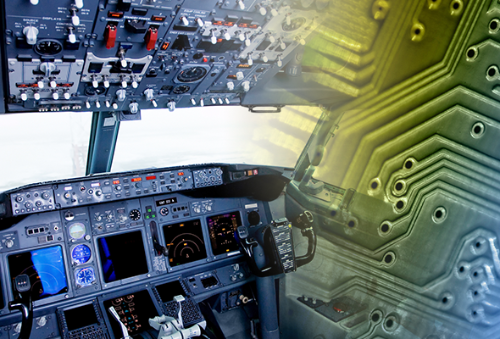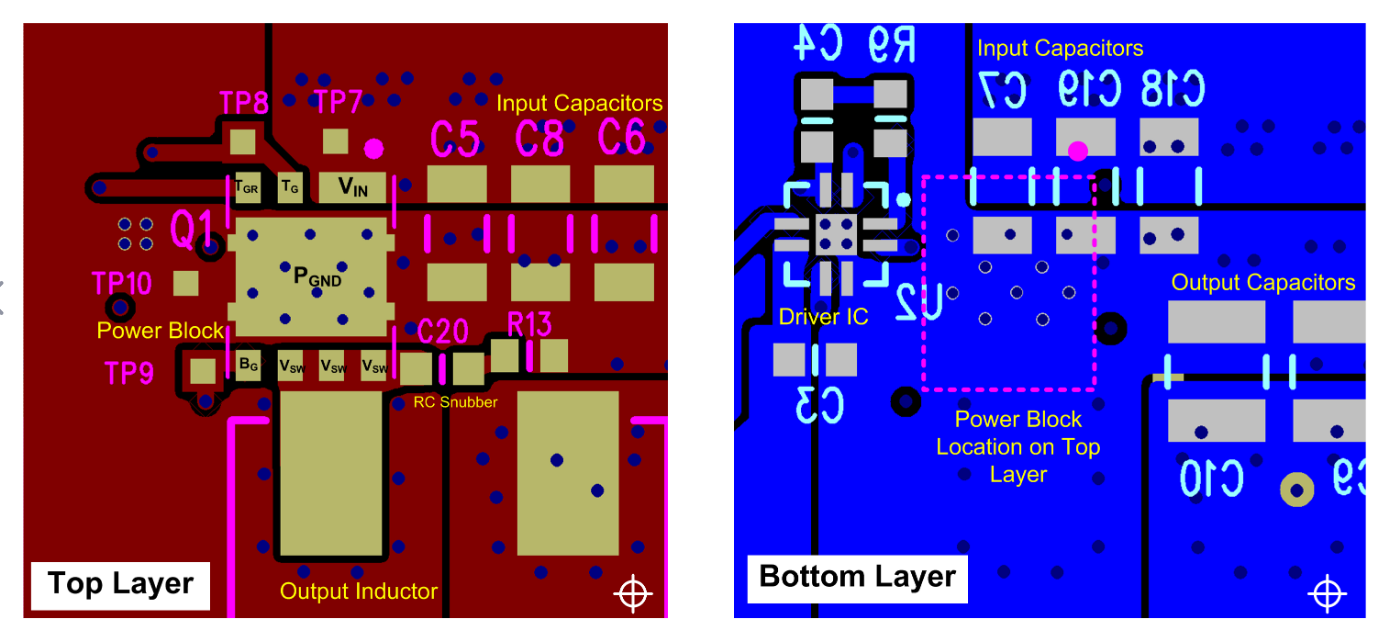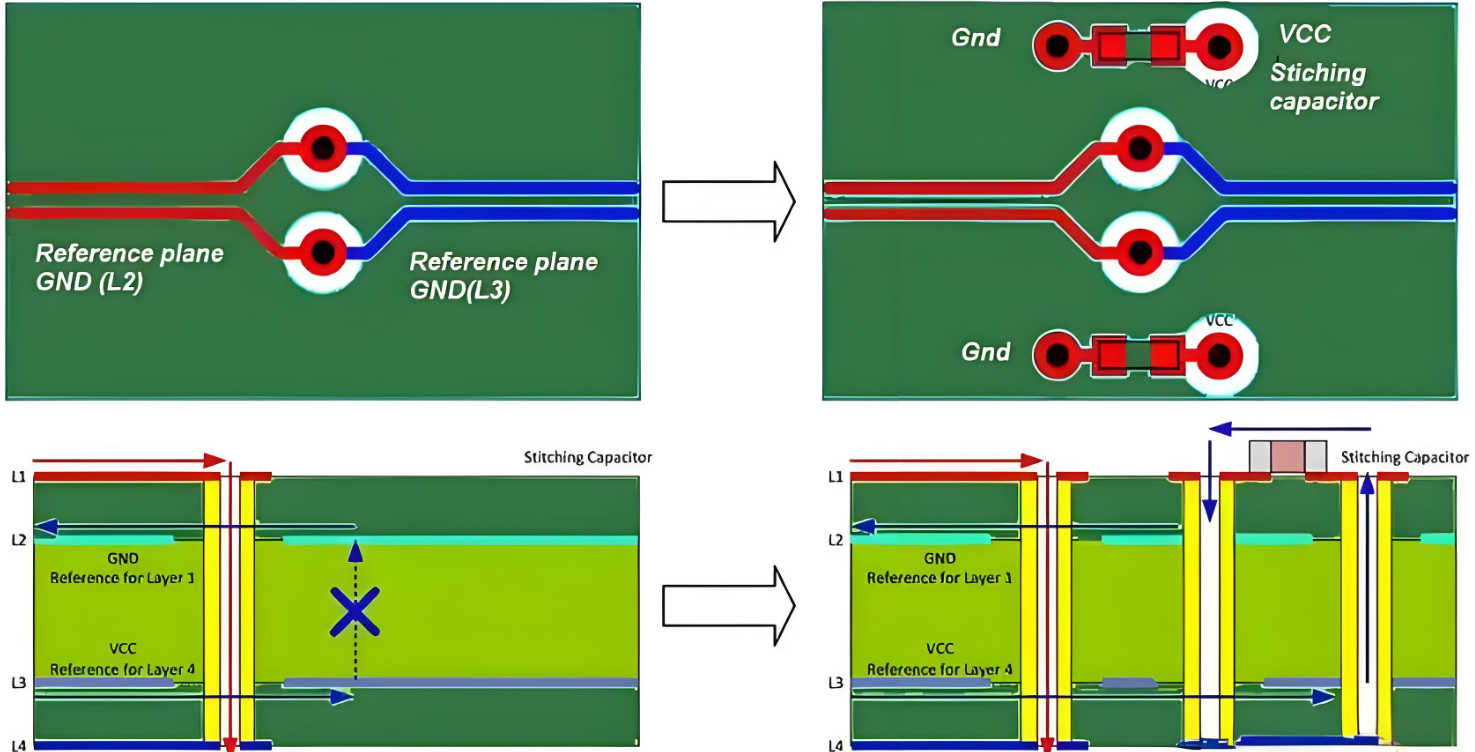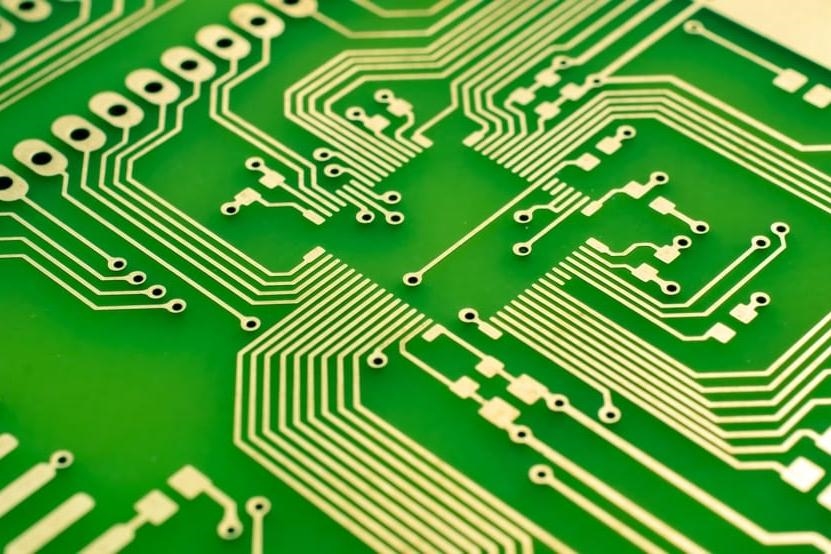Are you looking to design printed circuit boards (PCBs) for aerospace applications that meet the rigorous AS9100 standards for reliability? Aerospace PCB design requires strict adherence to quality and performance guidelines to ensure safety and functionality in extreme conditions. In this blog, we’ll dive deep into AS9100 PCB design guidelines, aerospace PCB manufacturing processes, high-reliability PCB design principles, PCB testing for aerospace, and quality control in aerospace PCB production. Whether you're an electrical engineer working on avionics or satellite systems, this guide will provide actionable insights to help you succeed.
Why AS9100 Standards Matter in Aerospace PCB Design
AS9100 is a globally recognized quality management system standard specifically tailored for the aerospace industry. It builds on ISO 9001 but includes additional requirements for safety, reliability, and regulatory compliance. For PCBs used in aerospace applications—think flight control systems, radar, and communication devices—meeting AS9100 standards isn’t just a checkbox; it’s a necessity. These standards ensure that every component can withstand harsh environments like extreme temperatures, vibrations, and radiation while maintaining performance.
For electrical engineers, understanding AS9100 means focusing on design precision, material selection, and rigorous testing. Non-compliance can lead to costly failures or even catastrophic consequences in flight. Let’s break down how to align your PCB design process with AS9100 for high reliability.

AS9100 PCB Design Guidelines: Key Principles for Engineers
Designing a PCB for aerospace under AS9100 involves specific guidelines that prioritize reliability and safety. Here are the core principles every electrical engineer should follow:
1. Material Selection for Harsh Environments
Aerospace PCBs often operate in extreme conditions—temperatures ranging from -55°C to 125°C, high humidity, and intense vibrations. AS9100 emphasizes using materials that can handle these stresses. For instance, high-Tg (glass transition temperature) FR-4 laminates or polyimide materials are often chosen for their thermal stability. Copper thickness should typically be at least 1 oz/ft2 to ensure durability and proper current carrying capacity.
Additionally, consider conformal coatings to protect against moisture and dust. Silicone or parylene coatings are common choices for aerospace applications due to their resilience.
2. Trace and Spacing Precision
AS9100 standards demand tight control over trace width and spacing to prevent electrical failures. For high-frequency signals in aerospace systems, impedance control is critical. A typical target impedance might be 50 ohms for RF applications, requiring precise calculations based on dielectric thickness and trace geometry. Use design software to simulate signal integrity and avoid crosstalk, especially in dense layouts for avionics.
Spacing must also comply with voltage isolation requirements. For example, a 500V isolation might require a minimum clearance of 0.2 mm between traces, depending on altitude and pressure conditions.
3. Component Placement and Redundancy
In aerospace, redundancy is a key design principle to ensure system reliability. AS9100 encourages designs that minimize single points of failure. For critical systems like navigation, duplicate key components and circuits. Place components strategically to reduce thermal hotspots—use thermal vias under high-power ICs to dissipate heat effectively.

Aerospace PCB Manufacturing: Aligning with AS9100
Manufacturing aerospace PCBs under AS9100 standards involves strict process controls to ensure consistency and quality. Here’s what engineers need to know about partnering with manufacturers to meet these requirements.
1. Choosing an AS9100-Certified Manufacturer
Work with a manufacturer that holds AS9100D certification—the latest revision of the standard. This certification ensures they have robust quality management systems, traceability, and risk management processes in place. For instance, documentation of every production step, from raw material sourcing to final assembly, is mandatory under AS9100.
2. Process Control and Traceability
AS9100 requires full traceability of materials and processes. This means every batch of PCBs must be linked to specific material lots, equipment used, and operator records. If a failure occurs, this data helps identify the root cause quickly. Engineers should request detailed manufacturing reports and ensure the fabricator uses automated optical inspection (AOI) to catch defects like misaligned traces or soldering issues.
3. Environmental Stress Screening (ESS)
During manufacturing, environmental stress screening is often applied to weed out early failures. ESS involves subjecting PCBs to temperature cycling (e.g., -40°C to 85°C) and vibration tests mimicking aerospace conditions. AS9100-compliant manufacturers integrate these tests into their workflows to ensure only robust boards reach the assembly stage.
High-Reliability PCB Design: Beyond the Basics
High-reliability PCB design for aerospace goes beyond meeting minimum standards. It’s about anticipating failures and designing for the worst-case scenario. Here are advanced strategies for engineers:
1. Design for Radiation Hardening
In space applications, radiation can cause single-event upsets (SEUs) in electronic components. AS9100 indirectly addresses this through risk management requirements. Use radiation-hardened (rad-hard) components rated for total ionizing dose (TID) levels, often exceeding 100 krad. Additionally, implement error-correcting code (ECC) memory to mitigate data corruption.
2. Thermal Management
Thermal runaway is a significant risk in aerospace systems. High-reliability design under AS9100 involves using heat sinks, thermal pads, and multilayer boards with dedicated ground planes for heat dissipation. Simulate thermal performance using tools like ANSYS to ensure junction temperatures of critical ICs stay below 125°C under load.
3. Signal Integrity for High-Speed Systems
Aerospace systems often handle high-speed data, such as 10 Gbps for communication links. Poor signal integrity can lead to data loss or system failure. Use controlled impedance traces, minimize via stubs, and route differential pairs with matched lengths (within 5 mils) to maintain signal quality. AS9100’s focus on verification ensures these design choices are validated through testing.

PCB Testing for Aerospace: Ensuring Compliance with AS9100
Testing is a cornerstone of AS9100, ensuring that every PCB meets performance and safety standards before deployment. Here’s a look at the critical testing methods for aerospace PCBs:
1. In-Circuit Testing (ICT)
ICT checks for manufacturing defects like open circuits or incorrect component values. For aerospace PCBs, ICT should cover 100% of nets to ensure no hidden issues. AS9100 requires detailed test documentation, so engineers must review ICT reports for anomalies.
2. Functional Testing Under Extreme Conditions
Functional testing simulates real-world operating conditions. For example, test a PCB at -55°C to verify startup performance and at 85°C to check for thermal stress failures. Vibration testing, often at 20G levels, mimics launch conditions for satellites. AS9100 mandates that test results are recorded and analyzed for continuous improvement.
3. Burn-In Testing for Reliability
Burn-in testing involves running the PCB at elevated temperatures and voltages for extended periods (e.g., 168 hours at 125°C) to identify early failures. This aligns with AS9100’s focus on long-term reliability, especially for mission-critical systems.
Quality Control in Aerospace PCB: The AS9100 Approach
Quality control (QC) under AS9100 is about preventing defects before they occur. For aerospace PCBs, QC spans the entire lifecycle—from design to delivery. Here’s how to implement effective QC:
1. Risk Management and FMEA
AS9100 emphasizes risk management through tools like Failure Modes and Effects Analysis (FMEA). Engineers should identify potential failure points in the design phase, such as a critical trace near a high-vibration area, and mitigate them with design changes or protective measures.
2. Supplier Audits and Material Verification
QC starts with raw materials. AS9100 requires verifying that all materials meet specifications through certificates of conformance (CoC) and incoming inspections. Audit suppliers regularly to ensure consistent quality, especially for critical items like high-Tg laminates.
3. Continuous Improvement
AS9100 isn’t a one-time certification; it’s a commitment to ongoing improvement. Collect data from testing and field performance to refine designs and processes. For example, if a batch of PCBs shows higher-than-expected failure rates during thermal cycling, investigate the solder mask material and adjust specifications accordingly.
Challenges and Solutions in Meeting AS9100 Standards
Designing and manufacturing PCBs for aerospace under AS9100 isn’t without challenges. Here are common hurdles and practical solutions:
- Challenge: High Costs of Compliance - AS9100 processes like extensive testing and documentation can be expensive.
Solution: Invest in automation for testing and documentation to reduce labor costs. Partner with certified manufacturers to share compliance burdens. - Challenge: Complex Regulatory Requirements - AS9100 includes numerous clauses for risk management and traceability.
Solution: Use quality management software to track compliance and train staff on AS9100 requirements. - Challenge: Balancing Performance and Weight - Aerospace demands lightweight designs without sacrificing reliability.
Solution: Opt for multilayer HDI (High-Density Interconnect) boards to save space while maintaining performance.
Conclusion: Building Reliable Aerospace PCBs with AS9100
Designing and manufacturing PCBs for aerospace applications is a complex but rewarding endeavor. By adhering to AS9100 PCB design guidelines, focusing on high-reliability PCB design, and implementing rigorous PCB testing for aerospace, engineers can ensure their boards meet the highest standards of safety and performance. Quality control in aerospace PCB production, as mandated by AS9100, is the backbone of this process, preventing failures before they occur.
For electrical engineers, the key takeaway is to integrate AS9100 principles at every stage—from material selection to final testing. Partner with certified manufacturers, use advanced design tools, and never compromise on testing. By doing so, you’ll not only meet industry standards but also contribute to safer, more reliable aerospace systems.
 ALLPCB
ALLPCB







